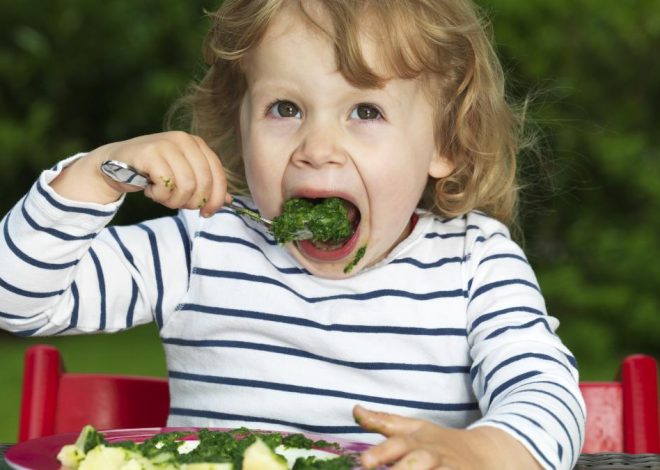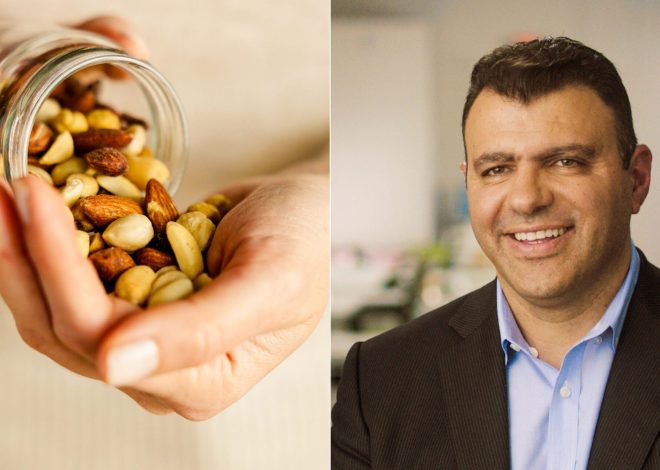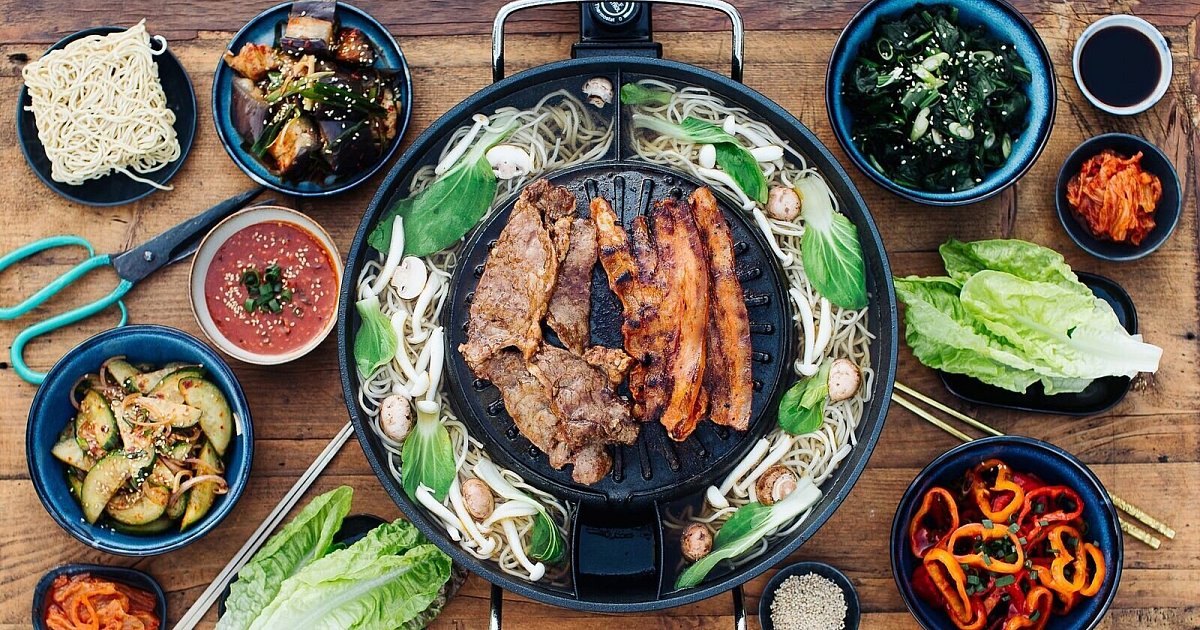
Korean cuisine: Kimchi, Bibimbap, Bulgogi and lots of Gochujang | Nutrition
Yorisa is a small but special Korean restaurant in Hamburg. Here, owner Yoon Seok Choi cooks alone and his star on the menu is Bibimbap, a Korean bowl made of rice, various prepared vegetables, the spicy chili paste Gochujang, finely sliced, marinated meat or tofu and a fried egg. A must for all Korea fans!
Even though many Germans hardly know the East Asian country, it is not only younger people who are enthusiastic about Korean food. At first you are surprised to find that this food is quite different from other Asian cuisines. It is much heartier and has a stronger taste and gets its distinctive flavor from fermented foods such as kimchi.
Nothing works without kimchi

“Fiery hot dried red chilies in particular are used in abundance everywhere. Rice is omnipresent, as is kimchi,” says food blogger and author Stefan Leistner from Alzenau in Franconia. The spicy and sour vegetable, produced through natural lactic acid fermentation, is a must at every meal. Kimchi, bibimbap, bulgogi and other favorite Korean dishes are now also prepared here.

For cookbook author and food blogger Jina Jung, Korean cuisine is “first and foremost a family cuisine and a cuisine of sharing. On a Korean table, in addition to the soup, meat or fish, there are always several small side dishes that are shared.” Inspired by the recipes from her childhood in Seoul and the impressions of her travels through Korea’s regions, the French-born woman shows traditional and modern recipes in her cookbook “Korean Cuisine”. “You eat to pamper yourself, yes, but also to heal yourself. Every ingredient, every soup is said to have a medicinal effect,” she emphasizes.
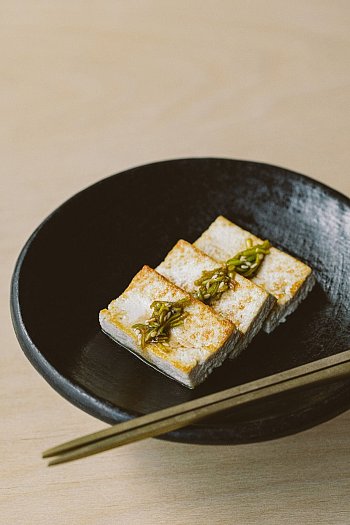
Ae Jin Huys also loves traditional Korean food. The cook with South Korean roots runs a catering service in Ghent, Belgium, under the name Mokja! (Korean for “Let’s eat”) and gives cooking classes. Her cookbooks “Korea Cuisine” and “Kimchi” contain recipes for side dishes such as pickled garlic, spiced spinach, baked zucchini and shrimp fritters with spring onions or main courses such as braised mackerel and marinated beef steak Sogogi Bulgogi.
Bap, Guk and Banchan

A Korean meal consists of bap (boiled rice), guk (soup) and various banchan (side dishes). The latter can be fermented, blanched or otherwise prepared vegetables such as kimchi, radish, mung beans or cucumber. “The traditional daily meal in Korea was not a quick bite or a preparation that filled the stomach,” reports Ae Jin Huys. What came to the table was a well-considered selection of dishes based on their nutritional value and the respective preparation techniques.
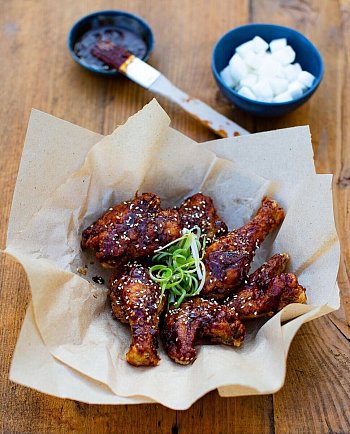
Among the Banchan, kimchi is an integral part of every meal. “The fermented vegetable plays a very important role in Korean cuisine. It is an excellent side dish for every meal and is also used in cooking,” says Stefan Leistner. In his cookbook “Authentic Asian Food” and on his website “asiastreetfood” there are many recipes such as Tongbaechu Kimchi made from Chinese cabbage and radish or Kimchi Jjigae, a stew made from well-aged kimchi together with pork belly.
Baechu Kimchi made from Chinese cabbage is widely used

What is simply called kimchi outside Korea is Baechu Kimchi. For this, Chinese cabbage is marinated in salt water for a few hours and the leaves are then seasoned with garlic, ginger, white radish, red chili flakes, anchovy extract or shrimp paste. Sealed in an airtight container, lactic acid fermentation then begins and the kimchi develops its inimitable taste and smell.
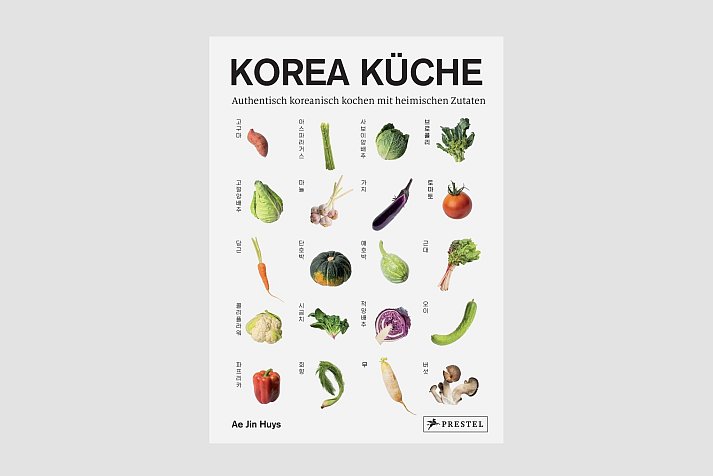
However, the country has countless other preparations that depend on the region, climate and season. “And every family has its own recipe,” says Ae Jin Huys. Families, neighbors or communities come together to ferment kimchi and process huge amounts of vegetables into kimchi in just a few days. This culinary event is called kimjang and has been on the UNESCO list of intangible cultural heritage since 2013.
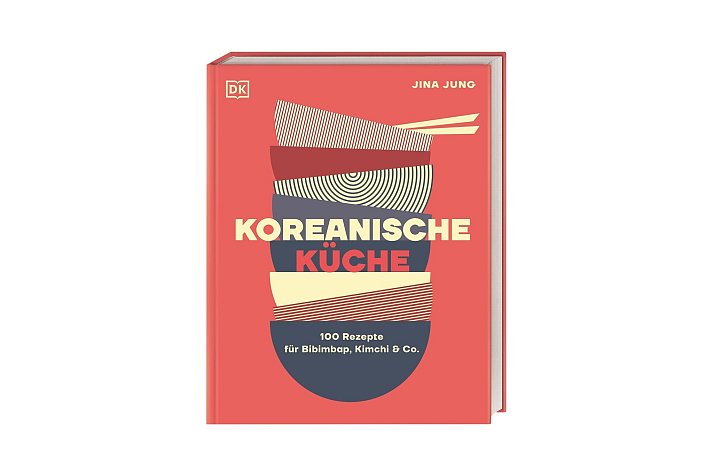
Fermentation, or Balhyo in Korean, is the distinguishing feature of this country’s cuisine, says Leistner. Natural preservation with bacteria, fungi and yeasts can be found in all cultures, but is practiced intensively on the Korean peninsula. And nothing works when cooking without Jang, a fermented spice paste made from soybeans, water and salt. The basic spices in Korean cuisine are the soybean paste Doenjang, the chili paste Gochujang and the Korean soy sauce Ganjang.
Bibimbap as soul food
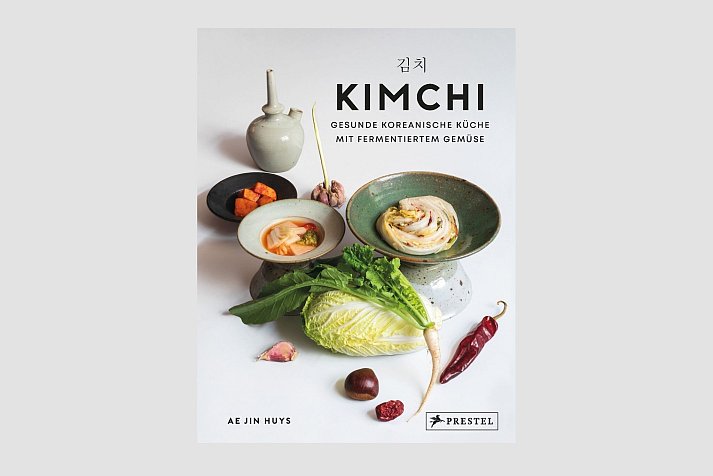
“Our soul food is bibimbap and Korean fried chicken. In Korea, you always have rice and some banchan in the fridge,” says Yoon Seok Choi and enthuses: “The trick with bibimbap is that I put rice in the bowl, my mother’s banchan on top, a little sesame oil and gochuchang and the meal is ready. Everything that comes from my mother is the best food.”
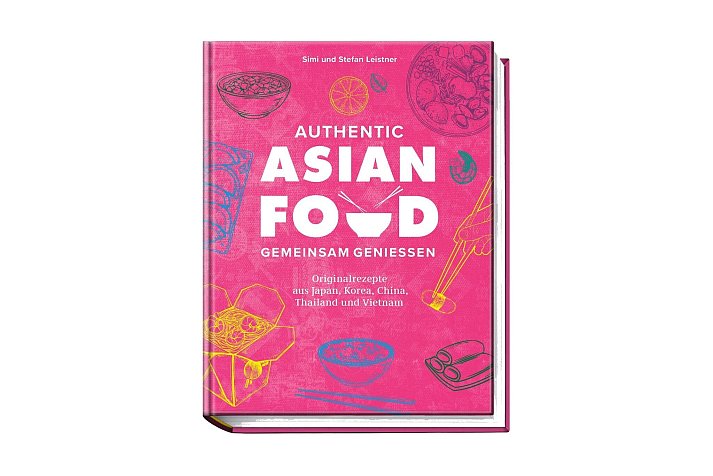
He doesn’t put any raw vegetables in the bowl, the vegetables are blanched or processed in some other way. Choi attaches great importance to ensuring that each individual component is well seasoned, so that it can be eaten on its own. A tip: If you don’t want the bibimbap to be too spicy, you should ask for the chili paste to be served separately! Then you can add as much as you like.
Jina Jung also says that home-cooked food is her favorite. “A bowl of Korean rice, a bowl of well-cooked soup or stew, and kimchi made from cabbage, like the mothers make it. This is the typical home-cooked food that we all know. As an emigrant in my first years in France, it was the meal I prepared when I was not feeling well,” she says.
Fried noodles made from sweet potato flour with vegetables and meat, so-called Japchae, are also popular. Or various types of pancakes prepared with vegetables, meat or fish. For Kimbap, cooked rice (bap) and other ingredients such as pickled radish and omelette are wrapped in seaweed leaves (kim). The rolls, cut into bite-sized slices, are a popular snack, especially at lunchtime.
Spicy salad parcels with bulgogi
Bulgogi, also known as fire meat, is more sumptuous. The name Bulgogi is not due to the spiciness, but to the fact that it is prepared over an open fire. Beef or pork is marinated in soy sauce, sesame oil, garlic and other ingredients. Cut into bite-sized strips at the table with scissors, it is prepared in Korean restaurants on gas or charcoal grills built into the tables. At home, this can be done in a wok or an iron pan.
At the table, everyone wraps their portions in a lettuce leaf and dips them in ssamjang, a spicy chili soybean sauce made from doenjang and gochujang. They enjoy it with kimchi and other banchan. This food is addictive!
Left
The Mindener Tageblatt is not responsible for the content of external websites.

Ethel Purdy – Medical Blogger & Pharmacist
Bridging the world of wellness and science, Ethel Purdy is a professional voice in healthcare with a passion for sharing knowledge. At 36, she stands at the confluence of medical expertise and the written word, holding a pharmacy degree acquired under the rigorous education systems of Germany and Estonia.
Her pursuit of medicine was fueled by a desire to understand the intricacies of human health and to contribute to the community’s understanding of it. Transitioning seamlessly into the realm of blogging, Ethel has found a platform to demystify complex medical concepts for the everyday reader.
Ethel’s commitment to the world of medicine extends beyond her professional life into a personal commitment to health and wellness. Her hobbies reflect this dedication, often involving research on the latest medical advances, participating in wellness communities, and exploring the vast and varied dimensions of health.
Join Ethel as she distills her pharmaceutical knowledge into accessible wisdom, fostering an environment where science meets lifestyle and everyone is invited to learn. Whether you’re looking for insights into the latest health trends or trustworthy medical advice, Ethel’s blog is your gateway to the nexus of healthcare and daily living.

